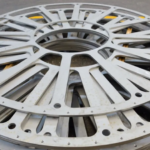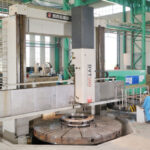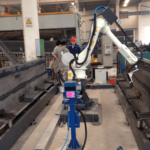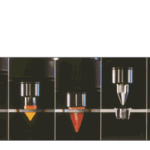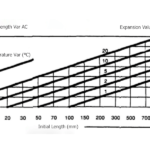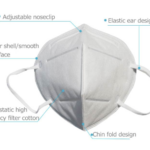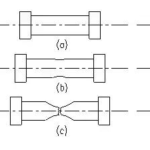The application of low-temperature pressure vessels refers to various industries, and it plays an irreplaceable role especially in the chemical industry.
Low-temperature pressure vessels are widely used for storing special substances whose storage condition has some particularity, thus the fabrication process of this kind of pressure vessel has stricter requirements. It must meet a higher professional standard whatever in choosing material or fabrication technology. The fragileness of metal increased a lot when at extremely low temperatures, which will increase the equipment failure rate. So it’s important to master the reasonable fabrication technology.
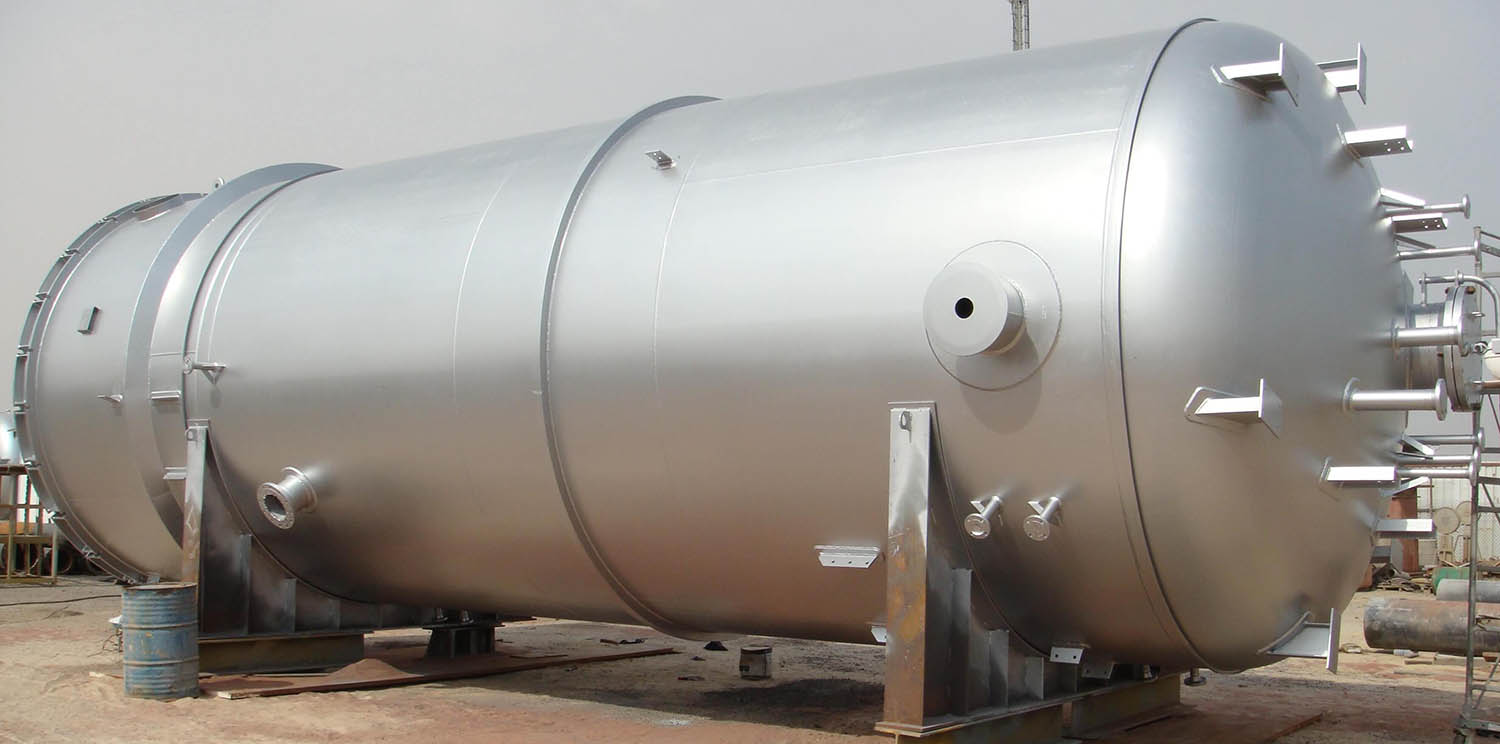
Brief intro of low-temperature pressure vessel
In general, a pressure vessel with a using temperature between -20℃ and -196℃ is known as a low-temperature pressure vessel. It is mostly used for storing chemicals with dangerousness like easily vaporized liquid nitrogen, liquefied natural gas (LNG), liquefied ethylene, etc. The working circumstance of a low-temperature pressure vessel will directly affect its performance. If the ambient temperature drops significantly and exceeds a certain standard parameter, the toughness of the vessel will be significantly reduced, which is mainly because the steel in the ductile state is gradually transformed into a brittle state under the influence of temperature changes. The sharp decline in toughness will not be directly shown on the vessel, and the vessel's appearance will not have significant plastic deformation, it is not easy to be found. Therefore, the embrittlement will make the pressure vessel a safety risk, and even cause serious accidents. So it’s very important to ensure the safety of the pressure vessel whatever in manufacturing or in use.
The Fabrication Process of Low-temperature Pressure Vessel
1 Selection of the material
The material selection is generally specified in design like material No, chemical component, mechanical property, low-temperature impact, and NRL all has the corresponding limits. Detailed requirements as follows:
1) The pressure parts of low-temperature pressure vessels use the killed steel, and the non-pressure parts usually use steel with good weldment and toughness. And the welding material for the joint of pressure parts and non-pressure parts should be the same as pressure parts.
2) General low-temperature steel is supplied at as-normalized conditions.
3) In the Charpy V test, the AKv of carbon steel and low alloy steel should at least meet the corresponding standard.
4) When the thickness of the low-temperature carbon steel plate or low alloy steel plate is greater than 20mm, the plates need to be tested by ultrasonic wave.
5) The welding material generally uses a low hydrogen electrode and re-test the diffused hydrogen content of the deposited metal.
2, Cold forming process
As we all know, the pressure vessel will have a high probability of brittle fracture when the temperature is very low. The main reason is the concentration of internal pressure, which is usually formed during the manufacturing process. In order to avoid embrittlement during the usage of pressure vessels, we should strictly control the cold forming process. In the cold forming process, reasonable control measures should combine the specific production environment and technical condition to avoid hardening of the vessel. During the cold forming process of a low-temperature pressure vessel, we should focus on the molding temperature (no lower than -15℃) and effectively control the actual deformation degree, and especially the straight edges and transition areas. The handling of the elliptical head should follow the standard operation, and we can soften it by heating or other treatment to efficiently avoid the toughness decreasing.
Welding of Pressure Vessel Fabrication
Welding is very important in the manufacturing of low-temperature pressure vessels. The final pressure vessel fabrication quality mostly depends on the welding quality. In case the welding quality problems bring undesirable effect to the whole fabrication quality, during the welding process of the low-temperature pressure vessel, effective measures should be taken according to the specific situation. Clean the joints and preheat around the welding area before welding can minimize weld hardening problems and hot & cold crack problems.
Heat Treatment of Pressure Vessel
Heat treatment used in pressure vessel fabrication mainly include improving mechanical performance heat treatment, post-weld heat treatment (PWHT).
For many potential problems of the pressure vessel are from metallurgical damage of the weld zone. So, improving mechanical performance heat treatment is not enough to prevent problems in the future operation process.
Purposes of PWHT:
1, Relief welding residual stress, improving the structure and property of the welding joints;
2, Relief weld toxic gases, especially hydrogen, to prevent delay crack;
3, improve the stress corrosion resistance;
4, stable the shape and dimensions of the pressure vessel, reduce distortion;
5, improve the properties of the welding area such as improving plasticity, reducing hardness, improving toughness and fatigue strength, recover or increase the yield strength decreased during the cold forming process.
Inspection of Pressure Vessel
The most used inspection method in our pressure vessel fabrication includes macrographic check (mainly used for checking various defects of the surface), NDT (Nondestructive test, mainly used for inspecting defects of raw materials and weld joints), physical-chemical testing (mainly used to check the chemical composition and mechanical properties of materials and weld joints), overall performance test (mainly used to check the strength and sealability of the whole pressure vessel).
Openex Mechanical Technology Ltd has been working on offering pressure large fabrication and heavy machining service since we founded. In the past few years, we developed a lot in the manufacturing of petrochemical equipment, and in particular, a major breakthrough has been made in the general equipment of large-scale oil refining such as gas compressors, centrifugal compressors, heat exchanger, and so on. In the field of heavy or large petrochemical equipment (such as pressure vessels, columns, tank vessels, heat exchangers, etc.) manufacturing, we’ve recognized by a number of large chemical enterprises like Sinopec, Wanhua chemical, HENG LI Petrochemical, ZPC, Shenghong Group, Sasol, LLAG, etc.
Reach out to us to know more about our expertise in the area of pressure vessel fabrication.
Link to this article:Low Temperature pressure vessel fabrication process
Reprint Statement: If there are no special instructions, all articles on this site are original. Please indicate the source for reprinting.:Casting Wiki,THANKS!^^

